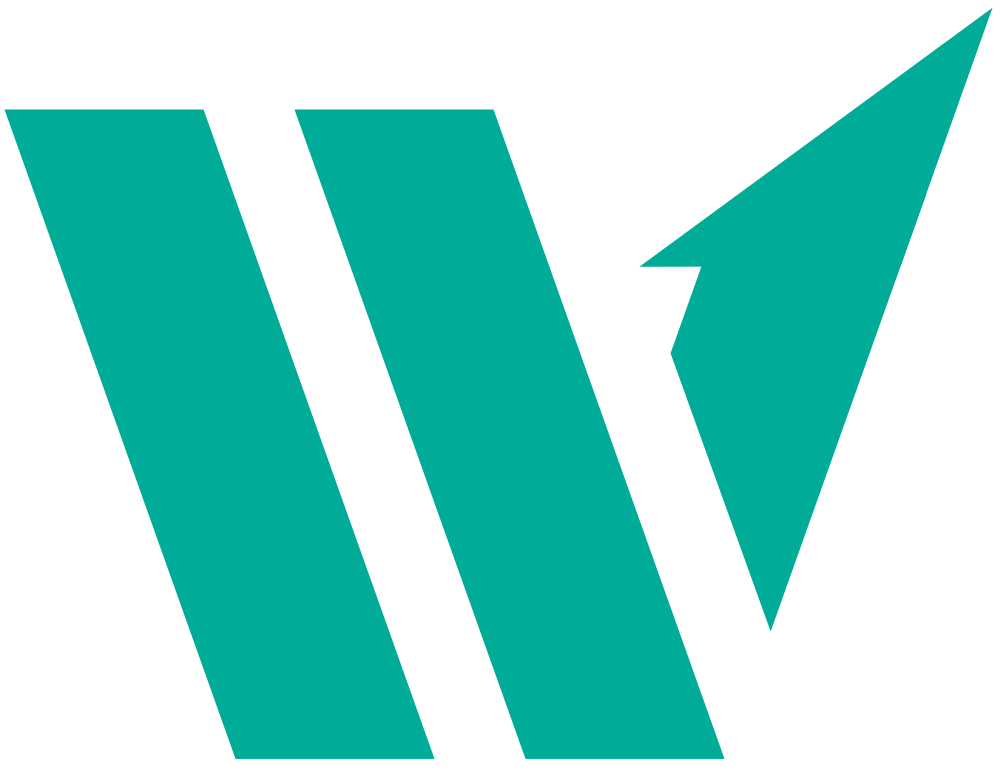I’ve written before about how a Scrum Master can begin working with a new team, and lately I’ve been experimenting with a new technique. I won’t rehash what I’ve written already, but it’s important to understand that my previous advice still applies:
- It’s about them—not you—so put your agenda aside.
- If possible, shadow the team for a sprint as a means to understand how they’re all connected together. Shadows can’t talk so stay quiet.
- Ask tons of questions to understand not to persuade. And remember.
When you’re not terribly smart, it helps to be a good listener.
Jerry Weinberg
Set up time individually with each team member. Thirty minutes usually does the trick. I walk in with three topics as a means to draw them out, and today, we’ll talk about the first of those three. In a future post, we’ll talk about the other two. And it begins with a triangle.

Put a triangle like the one here on a white board and ask them to put a dot somewhere in it. Describe the triangle something like this:
- If you put your dot in the corner near technology, you’re saying you love the code base. You love solving problems with our stack and tools we use. But what kinds of problems you solve or who you’re working with isn’t as important.
- If you put the dot in the corner by product, you’re saying you enjoy discovering a user’s problem and working with them to create the best solution. The technical challenges, while still important, are less interesting to you as is who you work with and how.
- If you put the dot in the corner by people, it’s those around you that energize you. You love helping your team and colleagues through their challenges. While the problems might be interesting as is the stack, it’s connecting with those around you that matter most.
- Finally, if you put your dot in the middle of the triangle, I’m not buying it. We all have only so many hours in the day so we have to decide where we invest our time and energy, and it’s impossible to spend it equally across all three dimensions while also drawing energy equally across all three.
Now, hand them the marker and let them place their dot in the triangle. Afterward, ask them why they’re closer to one side than other. Ask them if that’s where they want it to be or if it’s because their situation requires it.
The dot and the triangle don’t matter but the conversation does.
Our goal is to use the visual to create a richer conversation and appreciate a team member’s world view. Also, some might ask why a corner is labelled people since process could be a better descriptor. It’s simple.
People should be the cornerstone of every decision made by, for, and with the team.
Put differently, process is mostly irrelevant. Why a process exists and how it helps the team is what matters. Also, process is a terrible word. But I digress.
Next, ask them to place another dot, this time for their manager, product owner, or other influential person outside the team. Explore why again. Finally, if a team member is at least marginally familiar with how I help teams, I’ll ask them to put a dot for me and use it as a basis of conversation as to where I intend to offer my support. (Spoiler: It’s not far from the people corner.)
So why do I ask for a dot about the manager or product owner? I do two things with this data:
- Have a separate conversation with this individual and ask where s/he thinks the team will place his/her dot.
- After sitting with all team members, “average” it out and provide to our individual as a means to validate whether his or her self-perception matches the team’s perception.
And what do I do with the data about each individual? I consider it a topography of the team. It helps me appreciate each member as I put the pieces together as to how they fit together, what drives them, exhausts them, and how I can support them. But mostly? It’s a great way to get to know them, and according to my answer above, you’ll remember that it’s people over everything.
Do you want to get notified when new posts are published? Leave your email below.






Thank you, Tanner! Post is just in time :). In a few months I will join new teams. Really loved how did you debrief the triangle.
Glad to help, Yehor. And also glad I put this to paper just in time for you. 🙂